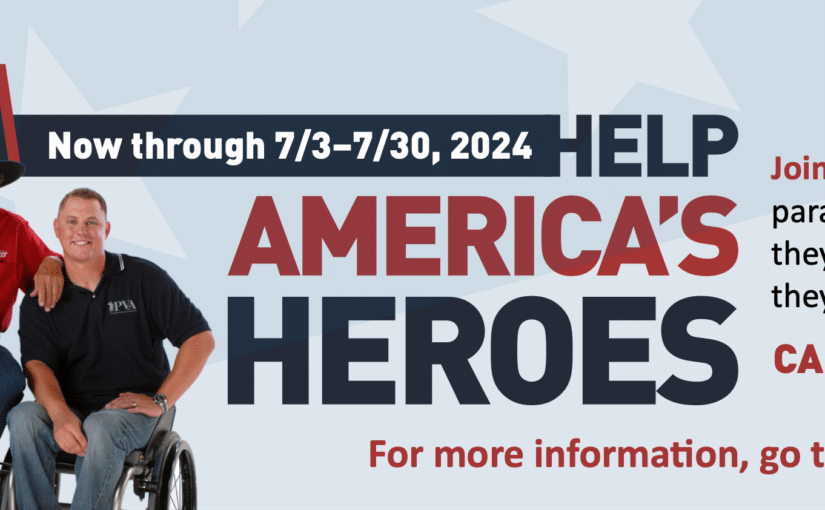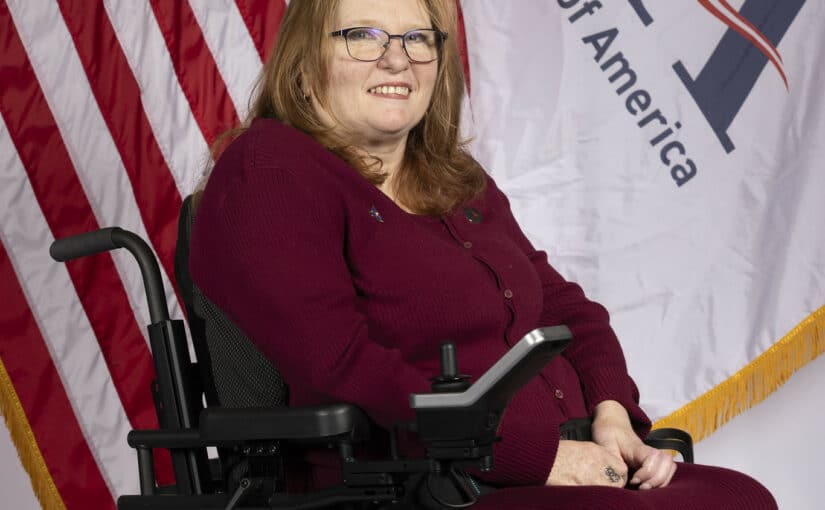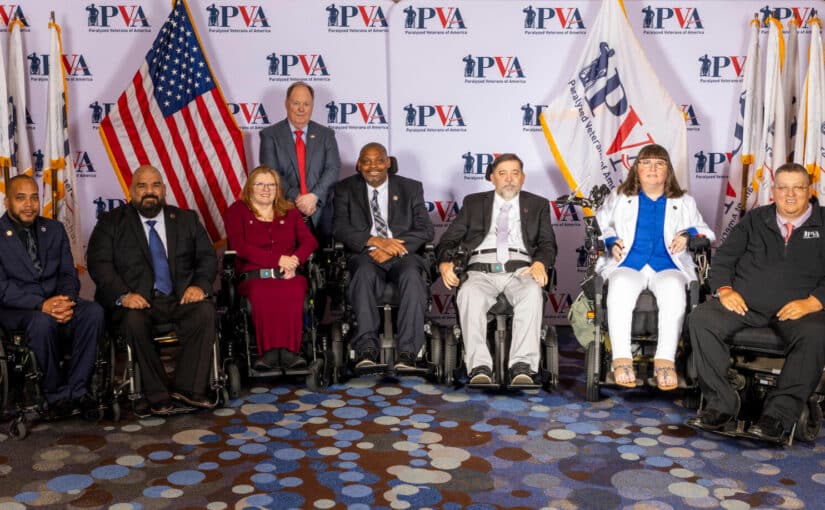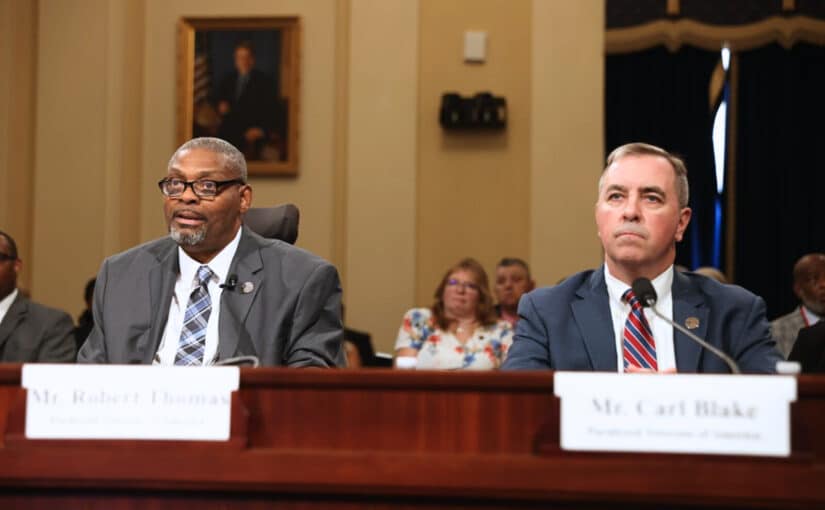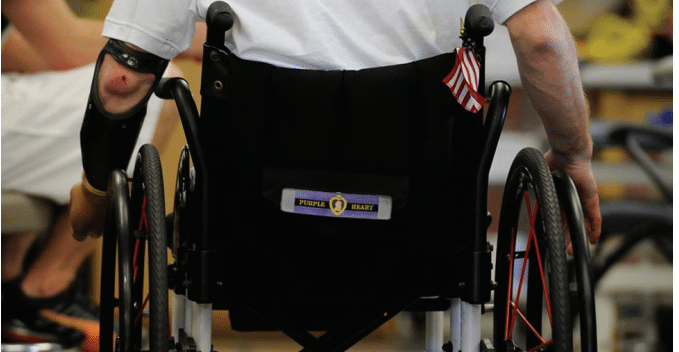
I was dropped on a jetway. Airlines make it dangerous for people with disabilities to fly. (USA Today Op-ed)
Post Date: November 24, 2021In our highly mobile society, air travel is unquestionably the fastest way to get to our destination, but it is ill-equipped for millions of people with disabilities, particularly wheelchair users.
Air travel is a broken system in need of attention, as the recent death of disability rights activist Engracia Figueroa illustrates. Figueroa’s careless mistreatment at the hands of an airline is not an isolated event – though it is among the most egregious. Figueroa died after an airline broke her custom-fit wheelchair. She spent weeks in a loaner chair, which caused a pressure sore that led to her death.
Paralyzed veterans, like myself, know of these situations all too well. Marine veteran Paul Stewart’s leg was twisted and dragged after it fell off a broken aisle chair. Marine veteran Redzuan Razak developed pressure sores after a long wait in an aisle chair before his wheelchair was returned. Army veteran Derrick McMillon fell backward in his chair, hitting his head on the floor and knocking over his service dog after his wheelchair was damaged during a flight. These are only a few stories of wheelchair users who have been injured during air travel. For some, it’s either too hard to talk about or embarrassing because it happened around other people and we try to put on a brave face.
Air travel is difficult for many people, but these difficulties are twofold for passengers with spinal cord injuries who face a host of other issues invisible to other travelers. There are practically no accessibility features on airplanes, nor are they required.
As of 2019, of the top eight U.S. airlines, only 4.5% of their single-aisle aircraft had accessible restrooms. Four airlines didn’t have any at all. Of the top eight U.S. airlines, only 4.5% of their single-aisle aircraft have accessible restrooms. Four airlines don’t have any at all.
Because there are no means to fly in a customized wheelchair, disabled travelers often must relinquish their independence, dignity and safety to low-paid, inadequately trained airline assistants, usually contractors, who transfer them onto ill-fitted, often broken aisle chairs to get on and off airplanes.
This process often subjects them to bruises, abrasions and falls that can be life-threatening for those with spinal cord-related issues.
As a Marine veteran who was injured while serving this country, I am frequently called upon by Paralyzed Veterans of America to travel across the country to assist veterans.
Accident led to 3 months in hospital
In 2019, airline contractors dropped me onto the jetway while transferring me from my custom wheelchair into an aisle chair while boarding a flight. My tailbone was fractured, and a dangerous infection quickly developed. I spent three months in the hospital fighting for my life.
Sadly, this was not the first time I had trouble flying. Two years earlier, my roughly $40,000 powerchair was severely damaged, forcing me to miss an important meeting and shell out thousands of dollars due to the airline’s refusal to cover all costs.
In 1986, President Ronald Reagan signed the bipartisan Air Carrier Access Act into law, thereby acknowledging the rights of people with disabilities to travel by air. While it was a monumental step forward, critical reforms are needed today to ensure wheelchair users can travel by air safely and humanely.
The problem is systemic, requiring action by Congress and the Department of Transportation to ensure that commercial air travel is accessible for passengers with disabilities.
Improve passengers’ rights
We urge Congress to pass the Air Carrier Access Amendments Act and improve the civil rights of passengers with disabilities by increasing enforcement of the law and requiring new and existing aircraft to meet accessibility standards.
In 2019 and 2020, roughly 14,000 wheelchairs were damaged, delayed or lost. Airlines must design aircraft that provide wheelchair users with a path of travel to board airplanes independently and the option to fly safely in their personal wheelchairs.
They must also improve wheelchair stowage options for those who wish to fly from a passenger seat and require accessible lavatories on planes. The airline industry must take decisive action to make its business model more inclusive and safer for all passengers, including those with disabilities, both now and in the future.
People with disabilities are tired of hearing that real change is years away. In the short term, airlines must provide better-fitting aisle chairs with intact and functioning straps to securely transfer passengers.
Airlines must also improve the transfer process with universal training that better meets the needs of people with significant mobility impairments.
And they must undertake significant measures to stop wheelchair damage. Figueroa’s death should not have happened. How many more wheelchair users must die or be injured by improperly trained airline contractors or personnel?
How many more custom chairs must be damaged or destroyed by airlines? How much more money must be allocated and how many more years must pass before lasting change occurs?
It is time for Congress to step up and act. We have waited on the sidelines long enough. Sign our petition to pass the ACAAA.
Read the original article in USA Today.

